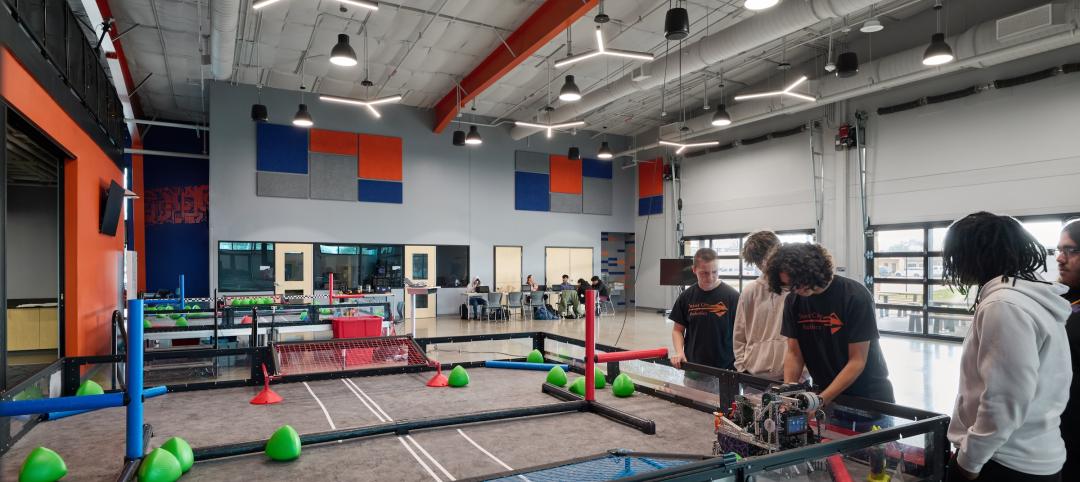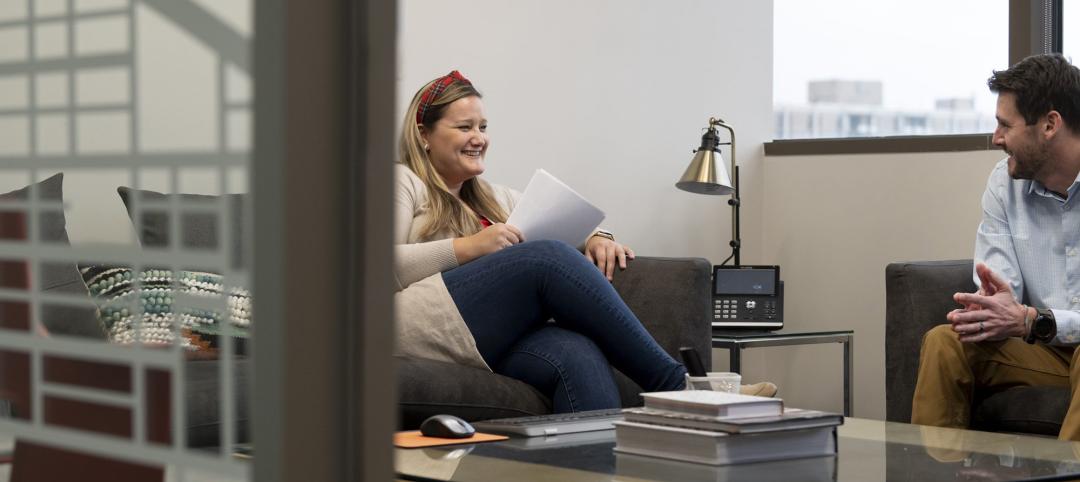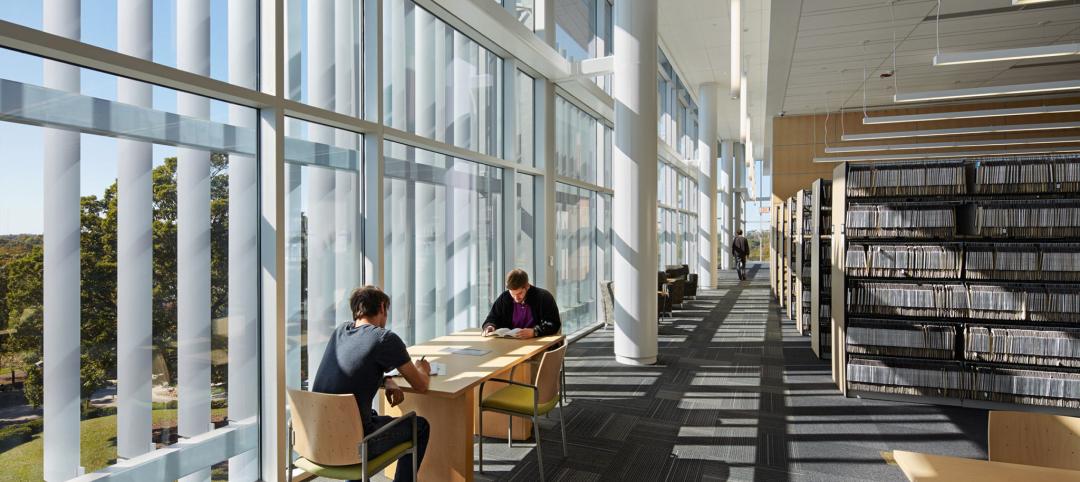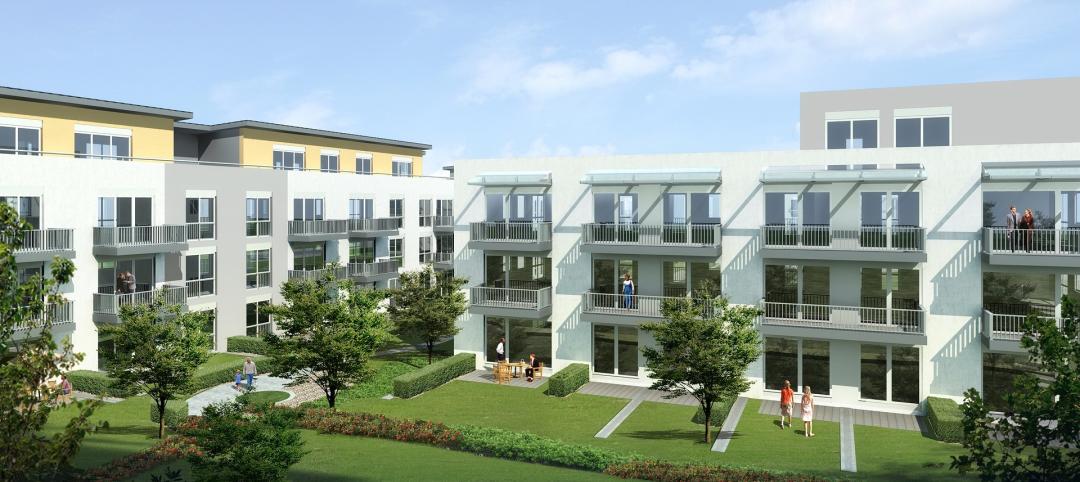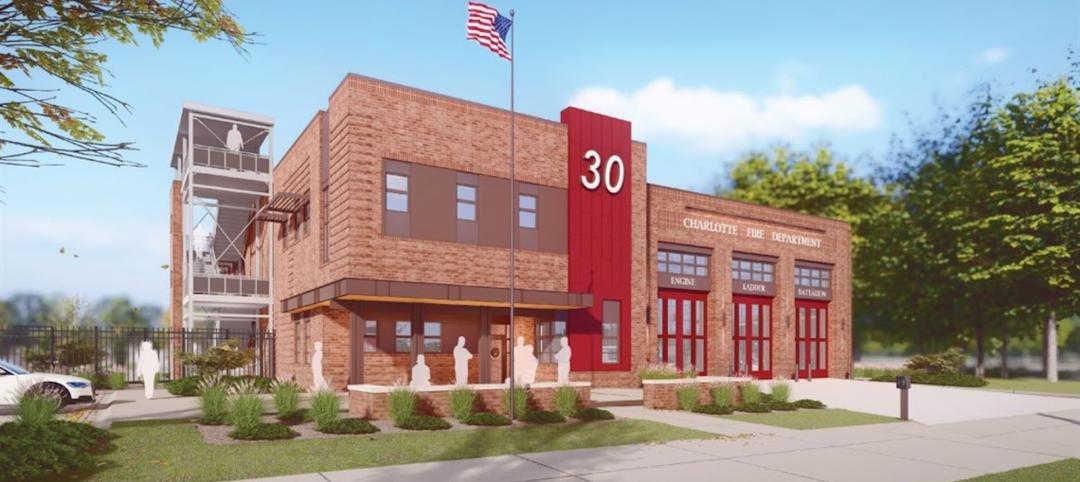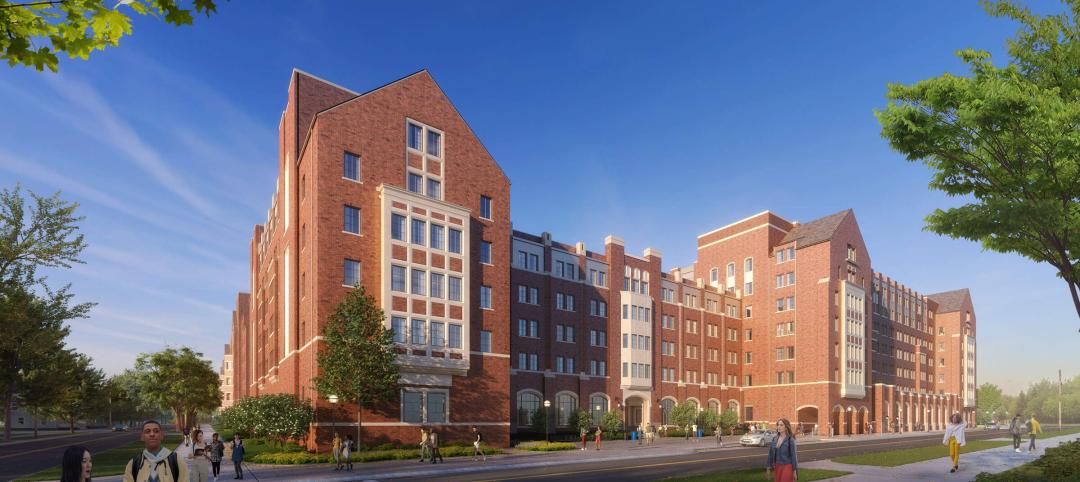The American Institute of Architects (AIA) is becoming more proactive in its efforts to help school districts address violence.
The Institute is launching a bipartisan effort on Capitol Hill to help state and local school officials access information and funding to design safer and securer schools.
It outlined its commitment to that process in a statement titled “Where We Stand: School Design & Student Safety.” In that statement, AIA says it will lead efforts at the local, state, and federal levels of government to update school design guidelines. It is also supporting collaborative and continuing education to achieve safe school design, and is striving to make such design eligible for federal grants.
AIA is taking a vanguard role in pushing for the establishment of a federal clearinghouse on school design that would become a repository of architectural and design resources that are accessible by educational officials, architects, and other design professionals.
AIA has gotten the ball rolling via its own website for school design safety resources that includes academic research and recent articles on this topic.
“Much of the public debate about school safety has focused on access to firearms and mental health services. Neither approach to solving school violence has progressed much over many years despite all-too-frequent tragedies. Architects can improve school safety through the power of design now,” AIA says in its statement.
“To design and build the new schools we need and to retrofit existing schools requires significant support and resources that go beyond just the architecture, engineering and construction communities. The AIA urgently calls on all policymakers and stakeholders to work with school communities to safeguard students and teachers while keeping schools positive places of learning and growth.”
On October 19, the Institute’s Committee on Architecture for Education is scheduled to host a national multidisciplinary symposium on “The Design of Safe, Secure & Welcoming Learning Environments,” at AIA’s headquarters in Washington, D.C. The event will bring together myriad perspectives from law enforcement, education, mental health experts, security consultants, and architect and design professionals.
The Institute and its members already have started to advise state officials on school design. RTA Architects’ Principal Stuart Coppedge, FAIA, presented to the U.S. Department of Education’s Federal Commissions on School Safety during its Aug. 7 listening session in Cheyenne, Wyo.
On August 1, AIA participated in the two-day Department of Homeland Security 2018 National School Security Roundtable, at which Karina Ruiz, AIA, Principal of BRIC Architecture, and Brian Minnich, AIA, LEED AP, Project Manager with GWWO Architects, explained how an open and positive learning environment can also be designed for safety and security.
Last May, the Institute appointed former AIA President Jeff Potter, FAIA, to Texas Governor Greg Abbott’s roundtable that identifies enhanced safety and security solutions for schools and communities in the state. Earlier this year, AIA Florida began working with that state’s Governor Rick Scott, state legislators, and the Florida Department of Education to develop design standards and best practices for the state’s schools.
Related Stories
K-12 Schools | Aug 8, 2024
New K-12 STEM center hosts robotics learning, competitions in Houston suburb
A new K-12 STEM Center in a Houston suburb is the venue for robotics learning and competitions along with education about other STEM subjects. An unused storage building was transformed into a lively space for students to immerse themselves in STEM subjects. Located in Texas City, the ISD Marathon STEM and Robotics Center is the first of its kind in the district.
Affordable Housing | Aug 7, 2024
The future of affordable housing may be modular, AI-driven, and made of mushrooms
Demolished in 1989, The Phoenix Ironworks Steel Factory left a five-acre hole in West Oakland, Calif. After sitting vacant for nearly three decades, the site will soon become utilized again in the form of 316 affordable housing units.
Architects | Aug 5, 2024
Mastering the art of project schedule: Expert insights on design and construction
We sat down with two experts in the design field, Ron Dick (Founding Partner and Architect) and Mike Niezer (COO and Architect), to talk about everything you need to know about the entire process.
University Buildings | Aug 1, 2024
UC Riverside’s student health center provides an environment on par with major medical centers
The University of California, Riverside's new Student Health and Counseling Center (SHCC) provides a holistic approach to wellness for students throughout the UC Riverside campus. Designed by HGA and delivered through a design-build partnership with Turner Construction Company, SHCC provides healthcare offerings in an environment on par with major medical centers.
Libraries | Aug 1, 2024
How current and future trends are shaping the libraries of tomorrow
Over the last few years, public libraries have transitioned from being buildings that only store and lend books to being fully featured community centers.
MFPRO+ News | Aug 1, 2024
Canada tries massive incentive program to spur new multifamily housing construction
Canada has taken the unprecedented step of offering billions in infrastructure funds to communities in return for eliminating single-family housing zoning.
Government Buildings | Aug 1, 2024
One of the country’s first all-electric fire stations will use no outside energy sources
Charlotte, N.C.’s new Fire Station #30 will be one of the country’s first all-electric fire stations, using no outside energy sources other than diesel fuel for one or two of the fire trucks. Multiple energy sources will power the station, including solar roof panels and geothermal wells. The two-story building features three truck bays, two fire poles, dispatch area, contamination room, and gear storage.
Contractors | Aug 1, 2024
Nonresidential construction spending decreased 0.2% in June
National nonresidential construction spending declined 0.2% in June, according to an Associated Builders and Contractors analysis of data published today by the U.S. Census Bureau. On a seasonally adjusted annualized basis, nonresidential spending totaled $1.21 trillion. Nonresidential construction has expanded 5.3% from a year ago.
Student Housing | Jul 31, 2024
The University of Michigan addresses a decades-long student housing shortage with a new housing-dining facility
The University of Michigan has faced a decades-long shortage of on-campus student housing. In a couple of years, the situation should significantly improve with the addition of a new residential community on Central Campus in Ann Arbor, Mich. The University of Michigan has engaged American Campus Communities in a public-private partnership to lead the development of the environmentally sustainable living-learning student community.
MFPRO+ New Projects | Jul 31, 2024
Shipping containers converted into attractive, affordable multifamily housing in L.A.
In the Watts neighborhood in Los Angeles, a new affordable multifamily housing project using shipping containers resulted in 24 micro-units for formerly unhoused residents. The containers were acquired from a nearby port and converted into housing units at a factory.



